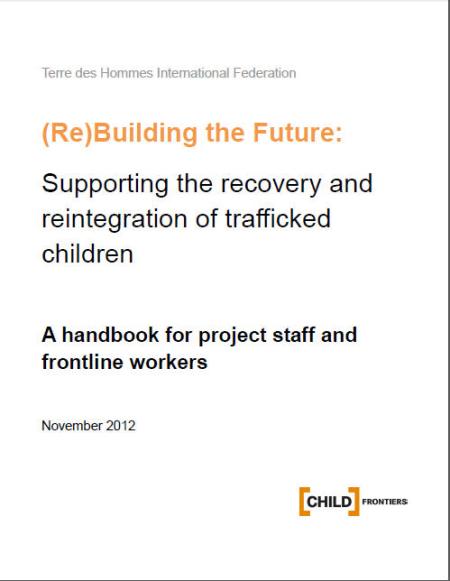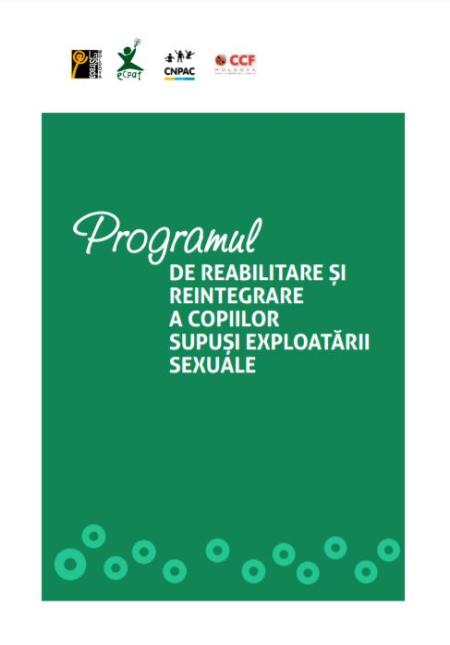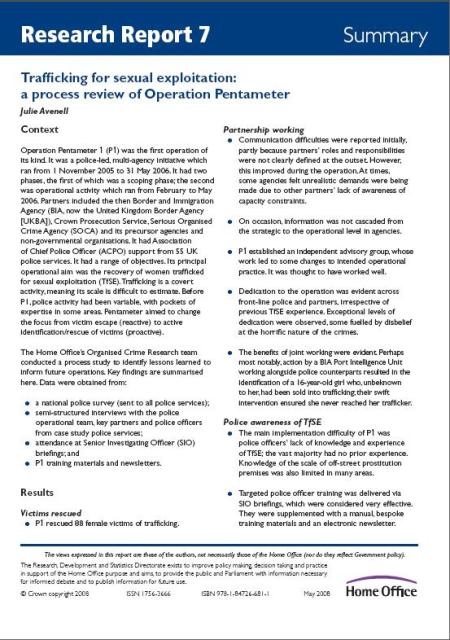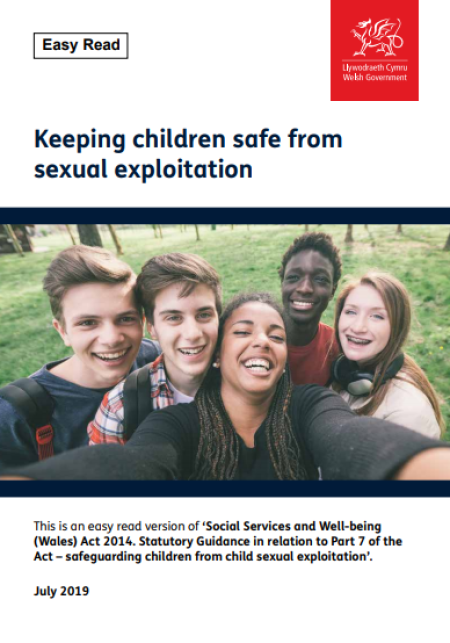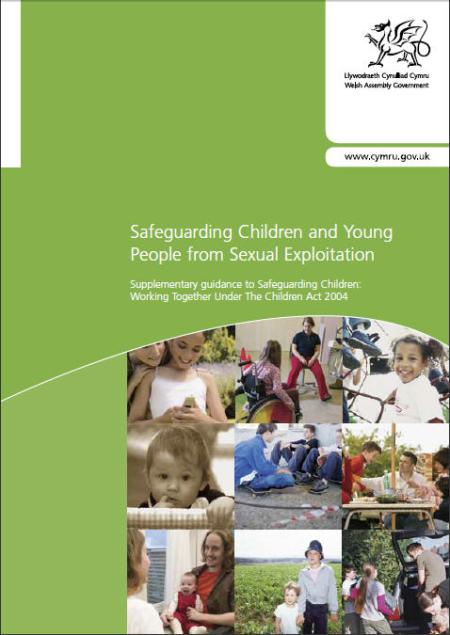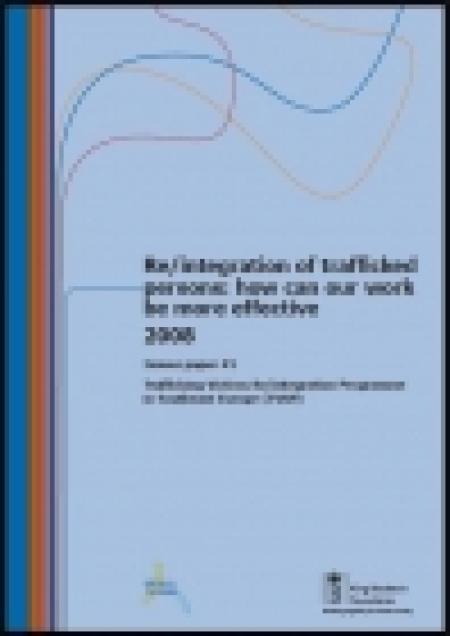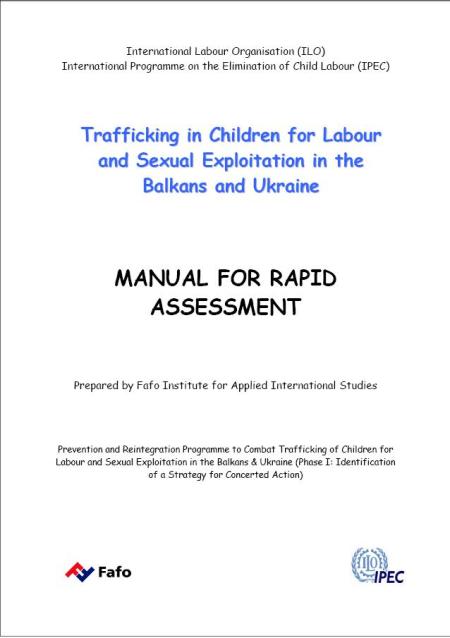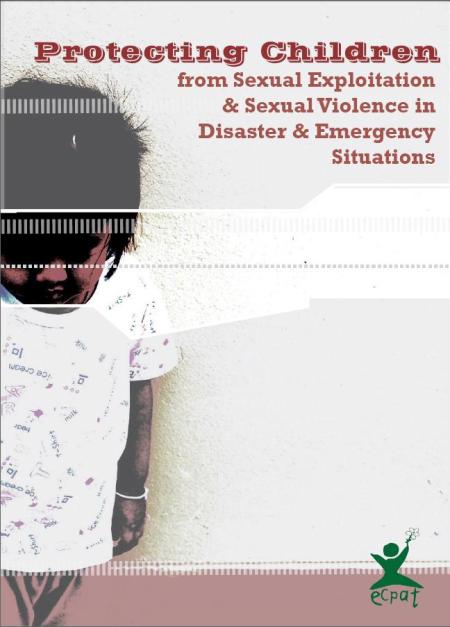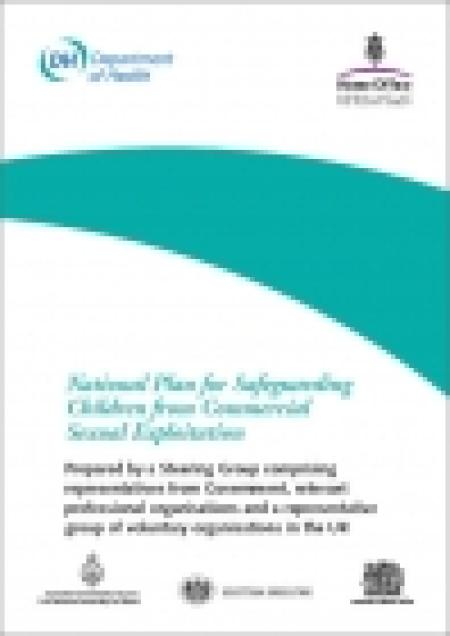
In the past decade much work has been done to raise awareness about, and address the consequences of, child sexual exploitation and trafficking. However, although the Stockholm and Yokohama World Sexual Exploitation Congresses fostered a growth in literature, policy statements and projects and much has been achieved, it is clear that more needs to be done to ensure that children do not become the victims of sexual exploitation and, where they do, that they receive appropriate forms of assistance and support. In the course of this project, many examples of good practice were considered and the heartening increase in multi-agency working in many parts of the world was duly noted. This is particularly pleasing in light of Oak Foundation’s interest in and commitment to holistic, multi-sectoral approaches as the best means of making recovery and reintegration policies and programmes effective and sustainable. Indeed, the constructive dialogue the authors had with all our correspondents is testimony to the willingness of people working with others to address the challenges and break down barriers to more effective working. Nevertheless, since Stockholm, there have been a number of statements to the effect that the international community is failing overall to meet the recovery and reintegration needs of children who have been through some of the most negative life experiences as effectively as we might. This report suggests that, despite progress to address some of these failings and a will in most parts of the world to improve provision of recovery and reintegration programmes for child victims, this is still, to an extent, the case. Some of the reasons for this, as suggested in the introduction, are matters which can only be addressed at the highest policy-making levels with input from all stakeholders. As discussed in the body of this report, however, there are issues to be addressed and work to be done by all stakeholders and actors, in groups or singly as appropriate. The broad conclusion is that while it may indeed be the case, as many claim, that there is too little specialised professional care for child victims of sexual exploitation and/or trafficking to meet the need, it may also be the case that there is considerable untapped capacity for supporting the recovery and reintegration of child victims within communities, families and the children themselves. Consequently, the long- term policies and strategy for combating and addressing the causes and effects of child trafficking and sexual exploitation in sustainable ways may lie in directing more effort and funding to unlocking that capacity.





